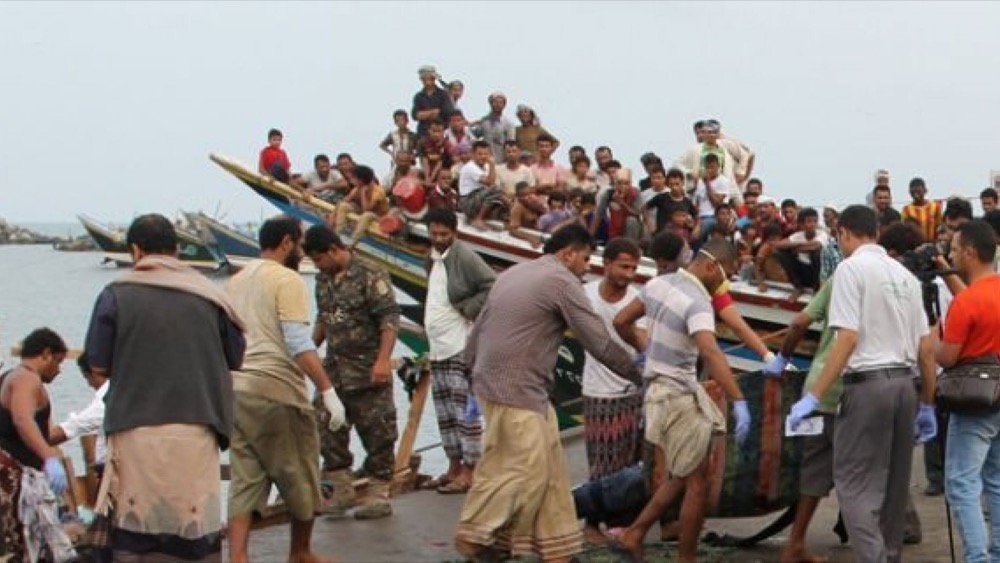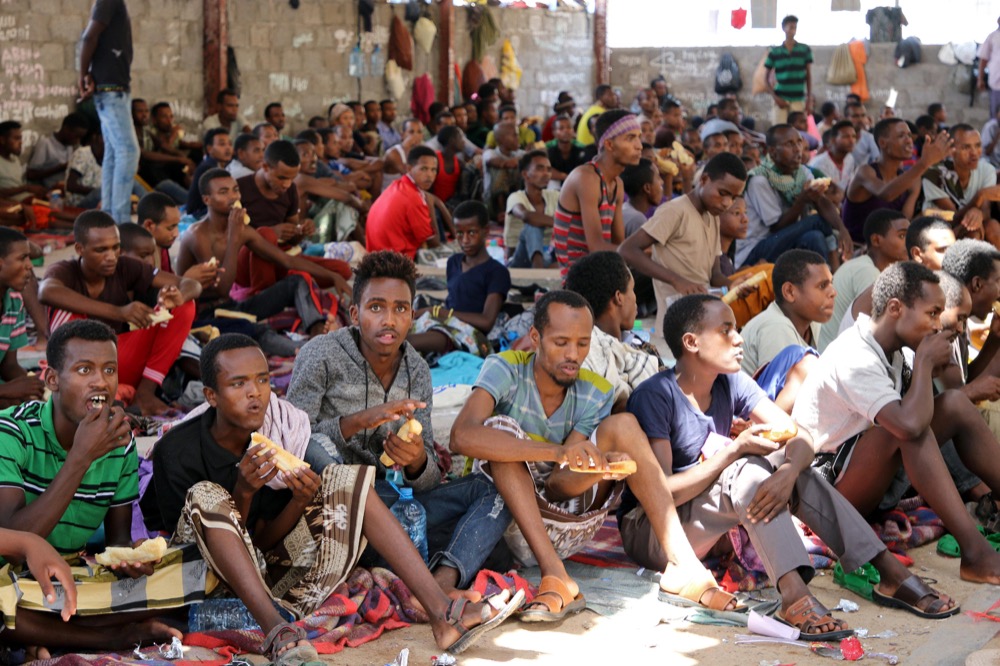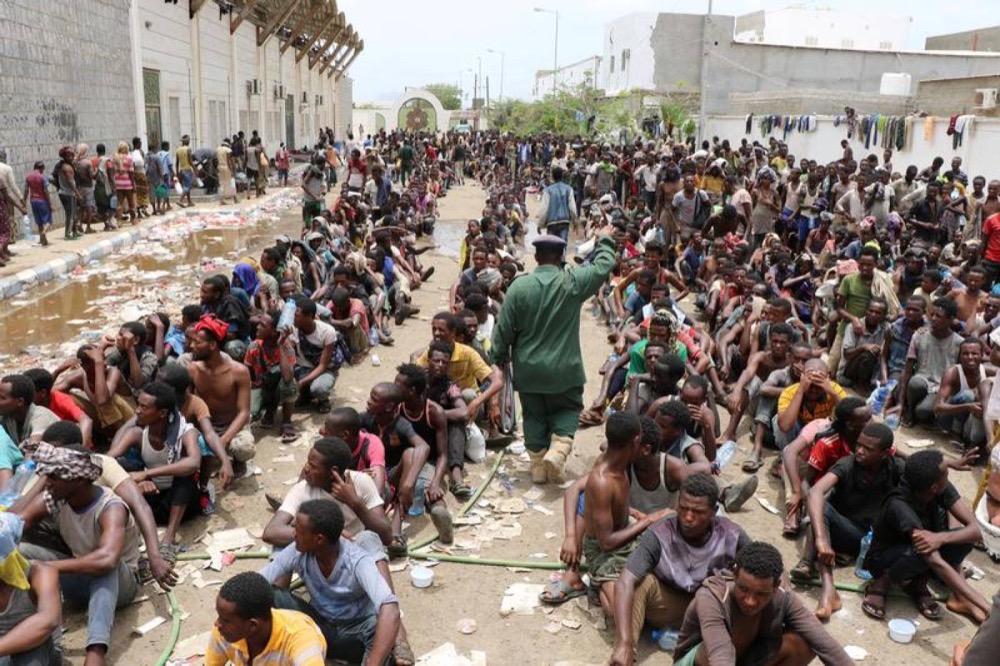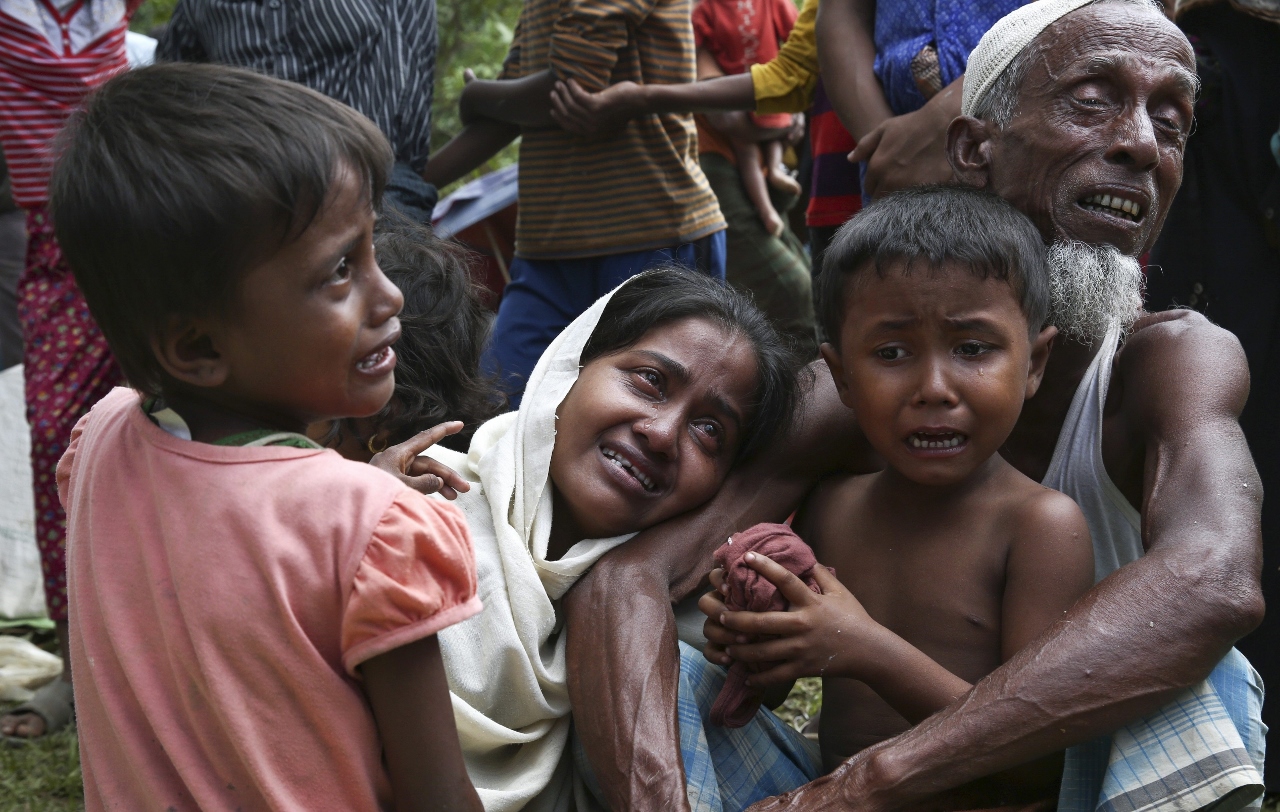Despite the ongoing war and escalating humanitarian crisis in Yemen, this year has seen a spike in the number of arrivals of East African refugees and migrants to Yemen.
The International Organisation for Migration (IOM) – a leading inter-governmental body, estimates that 18,320 refugees and migrants arrived in April 2019 and 18,904 people arrived in May 2019 – representing the highest monthly arrivals figures since data became available in 2006.
In total, 84,378 East Africans are estimated to have arrived in the first six months of 2019.

This route is already the largest mixed migration route out of East Africa. If trends continue, arrivals for 2019 could exceed the record 159,838 refugees and migrants estimated to have arrived in Yemen in 2018.
Many of these refugees and migrants intend to transit through Yemen on route to Saudi Arabia and other Gulf countries.
Ethiopians make up 90% of the arrivals into Yemen while Somalis account for around 10% of arrivals in 2019.
The mixed migration flow to Yemen is largely made up of young men, however nearly 20% are women and around 10% are children.

High unemployment rates and political insecurity are major drivers for Ethiopians and Somalis to the Gulf, where they hope to find employment, better opportunities, and security.
However, migrants and refugees traveling along this route face violations of their human rights at every stage of the journey, with a high risk of being trafficked, kidnapped, or dying at sea on one of the busiest maritime mixed migration routes in the world.
In addition, the fragile political situation in Yemen has opened up new avenues for smuggling operations and may lure refugees and migrants to travel with the perception of ease of movement through Yemen.
In reality, the deteriorating situation in Yemen has created new loopholes for strong trafficking networks and new opportunities to exploit refugees and migrants along this route.
Migrants also feel the impact of the deepening crisis in Yemen and are often impacted by the conflict and insecurity. Since 2017, Yemen’s port city of Aden has emerged as a detention hub for Ethiopian and Somali migrants and refugees.
In early May 2019, around 5,000 people were known to have been detained during a peak period in detention in unsustainable conditions, including in a stadium.

It is unclear how the takeover of Aden in mid-August 2019 by Southern Yemen separatist forces – framed as a civil war within a civil war – will impact on migrants and refugees stranded there, or on future returns.
As active fighting continues in the intensifying and complicated war in Yemen, concerns are being raised for refugees and migrants traveling through Yemen and thousands of East African migrants and refugees who remain stranded or detained in areas around Aden.
Serious protection risks at every stage of the journey
Every year, tens of thousands of Ethiopians and Somalis travel through harsh terrain in Djibouti and Puntland to reach departure areas along the coastline where they can find boats to take them to Yemen.
From there, they embark on a dangerous boat journey through the Red or Arabian seas to reach points along Yemen’s coast.

Although 274 deaths were recorded on the sea journey to Yemen in 2018, far more migrants are likely dying on this route every year. However, it’s when migrants and refugees arrive in Yemen that some of the most serious protection risks can occur.
Arbitrary and abusive detention, trafficking and other protection risks are increasingly prevalent for migrants and refugees arriving in Yemen.
Reports from Human Rights Watch and other groups also show increasing threats to migrants by trafficking and smuggling groups, lack of basic access to food, water, and medical services, and high risks of sexual violence and abuse for women.
Migrants and refugees have been rounded up in camps in Yemen pending deportation, with reports that people have died in these camps. There are particular concerns for unaccompanied and separated children who may be more vulnerable to abuse as well as reports that armed groups are forcibly recruiting migrants to fight.
Migrants and refugees who make it to the Saudi border face more challenges, including dangerous and deadly border crossings, harsh detentions, and exploitation as undocumented or irregular workers.
Further, in March 2017, Saudi authorities announced a crackdown on undocumented migrants, and IOM estimates that 300,000 Ethiopians had been deported back to Ethiopia by July 2019.
Those who return report extreme abuses in long periods of detention before they are deported. The Saudi Arabian government also recently moved to revoke visas for Ethiopian housemaids and cancel all work visas already issued for Ethiopians.
However, these moves don’t seem to deter migration on this route – estimates show that migration from the Horn of Africa to Yemen has remained close to or over 100,000 people per year since the Saudi deportations began in 2017, with record numbers arriving in the last few months.
What next?

How the ongoing conflict in Yemen will impact future mixed migration through the country remains to be fully understood.
The influx of people over the last few months indicates that mixed migration from East Africa to Yemen (and onwards to Saudi Arabia and other Gulf countries) will continue even if the war intensifies.
Despite the risks, the potential opportunities for a better life push people to embark on this route, now more than ever. Further, more restrictions on legal options for work could actually increase mixed migration along this route, as recent trends suggest.
Over the next year, challenging political situations and large populations of internally displaced people in Ethiopia and Somalia could further stress limited services and economic opportunities at home, pushing more people to leave in search of jobs and security.
With a lack of viable legal options, many migrants and refugees set on finding work in Saudi Arabia and other Gulf countries will find other and often unsafe routes to travel.
The deteriorating situation in Yemen will continue to create dangerous situations for migrants and refugees, however traveling through Yemen to reach Saudi Arabia will likely remain a dominant route in the months and years to come.












